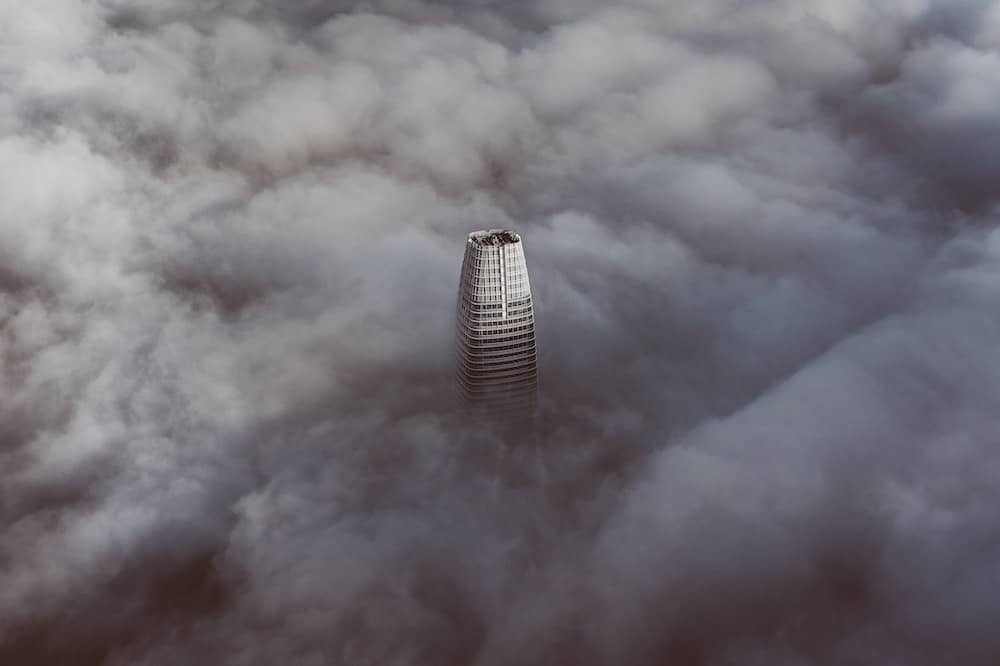 Victoria Stanford is a doctor based in Bristol, clean air campaigner and co-investigator of a study investigating traffic-related air pollution and child health in Dakar, Senegal. Twitter: @Victori63672342
Victoria Stanford is a doctor based in Bristol, clean air campaigner and co-investigator of a study investigating traffic-related air pollution and child health in Dakar, Senegal. Twitter: @Victori63672342
In an unintended shift in favour of Mother Nature, whilst humanity has been on lockdown, air quality in major cities around the world has significantly improved, particularly due to a decline in nitrogen dioxide (NO2) levels, a major pollutant derived mostly from road transport.°
In Barcelona, average NO2 levels during the lockdown week of 16-22nd March were 55% lower° than those compared with the same week in 2019, whilst nationwide curfew in India resulted in the lowest ever spring recording of NO2° in urban areas. In the UK, levels of this same traffic-related pollutant were showing a downward trend° in monitoring stations across the UK, with a decline in up to 50% in cities° such as London and Birmingham.
Around 40,000 deaths each year in the UK are attributable to outdoor air pollution.
Around 40,000 deaths each year in the UK are attributable to outdoor air pollution. Since the report by the Royal College of Physicians° who reported this daunting fact in February 2016, there have been no successful efforts to reduce overall NO2 levels in the UK. In fact, amounts of NO2 continue to reach unhealthy and illegal limits in almost all areas of the UK, despite the introduction of the Ultra-Low Emission Zone in London and other ad-hoc pollution-control strategies.
Amounts of NO2 continue to reach unhealthy and illegal limits in almost all areas of the UK.
This reduction in air pollution we are currently seeing is a side-effect of the major disruption to the socioeconomic status quo that COVID-19 is relentlessly imposing upon us. It is a chance to reflect on how we have allowed our air to become so dirty, and why it has taken a global pandemic to clean it up. Whilst this drop in pollution levels may be heralded as a “breath of fresh air”, there is concern that the COVID-19 pandemic is potentially going to hold back existing efforts to improve air quality as priority will be placed on rapidly rebuilding struggling economies. This will likely mean a ramping up of industry, growth and production, marking a wave of air pollutant spikes and a return to pre-COVID air quality levels.
What if we were instead to respond to the air pollution crisis with the same gusto as that of the COVID-19 pandemic? We have demonstrated that pollution levels can be drastically reduced in an incredibly short time-frame by significantly reducing road transport and fuel-based industry emissions, minimising the risk of short-term health effects of poor air quality almost immediately. This good news is that we know what needs to be done, the question is whether we will harness the opportunity to act.
We need to pause before releasing the brakes and consider our recovery options… we could harness the clean air we have uncovered and preserve it.
In our rush back to reality once we emerge from this crisis, perhaps we need to pause before releasing the brakes and consider our recovery options. We could return to an acceptance that the majority of our global population breathes toxic air, or we could harness the clean air we have uncovered and preserve it. We are in the advantageous position of knowing exactly how to eliminate this significant cause of disease by cleaning up our fuel sources, and the COVID-19 pandemic has shown us that it is possible.
What remains to be seen is if we choose to prioritise health and initiate a transition to a healthier, more sustainable way of living, or if we will resume polluting our air and losing more lives.







This is a very interesting viewpoint. I for one have enjoyed the cleaner London air over the past few weeks. However, I share Victoria’s concerns that we may not properly learn the lesson of what can be achieved in a relatively quick and easy manner.
Excellent article and proves what could be achieved. It is during difficult times like this when we really need take stock and consider the planet for future generations.